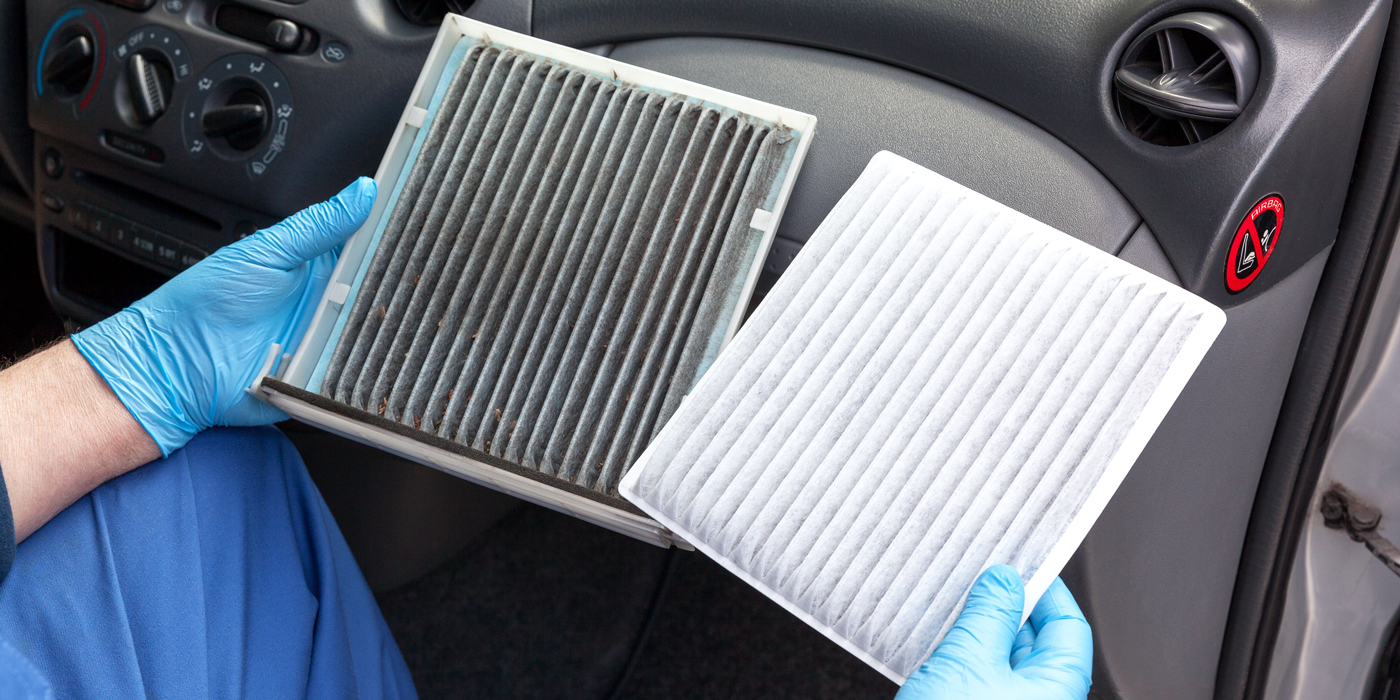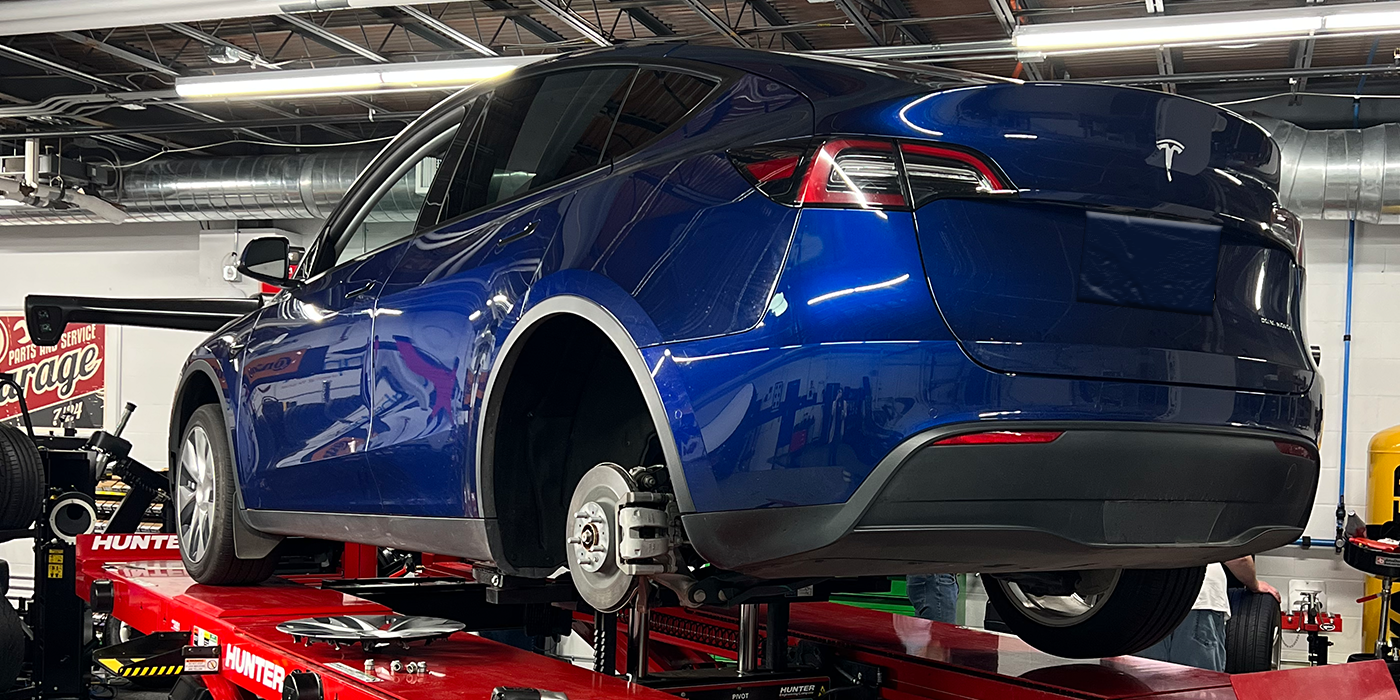hatare causing a lean fuel condition. Here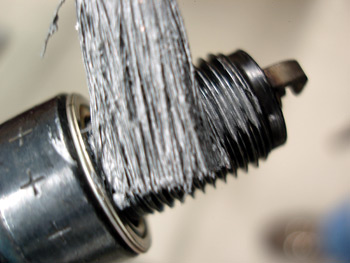 again, any condition or failurethat causes a loss of fuel pressure or incorrect metering of engineintake air can also cause a general misfire condition. Keep in mindthat a contaminated hot-wire MAF sensor often causes an engine to runrich at idle and lean at high speeds.
again, any condition or failurethat causes a loss of fuel pressure or incorrect metering of engineintake air can also cause a general misfire condition. Keep in mindthat a contaminated hot-wire MAF sensor often causes an engine to runrich at idle and lean at high speeds.
Unusual Misfire Problems
When diagnosing a misfire problem, remember that the PCM is actuallylooking for a momentary deceleration in the rotating crankshaftassembly. To illustrate, I’ve had a sunflower seed shell caught in aMAF sensor cause a general misfire. If the shell turned edgewise, theengine ran great. If the vehicle hit a bump, the shell would turnsidewise and block the airflow through the MAF sensor and cause the air/fuel mixture to go lean, which created multiple misfire codes.
In another case, I had a brand-new CKP sensor indicate misfires at roadspeed as fast as the PCM could count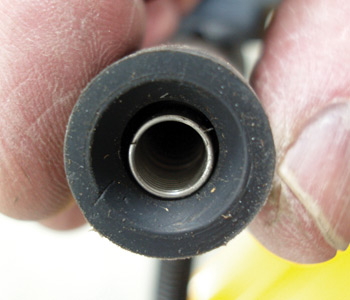 them. Last, worn valve seats andguides can create an intermittent misfire condition by causing anintermittent loss of compression.
them. Last, worn valve seats andguides can create an intermittent misfire condition by causing anintermittent loss of compression.
Other unusual issues that have been reported to me are heavy lapsplices in serpentine belts and vapor bubbles forming in single-linefuel systems that eventually cause random fuel injector misfires. Last,but not least, are the efforts of some amateur techs causing a misfireby replacing the dual-electrode plug used on some Toyota engines withsingle-electrode spark plugs.
In other cases, substituting a plated, long-life spark plug with anon-plated, steel-shell spark plug will cause a misfire due to the lessefficient electrode configuration and considerably shorter service lifeof the cheaper spark plug.
To prevent the MIL from illuminating due to a P0300-series misfire,it’s always best to replace ignition parts at specified intervals withOE or OE-equivalent parts. Always allow an engine to cool beforeremoving the spark plugs. When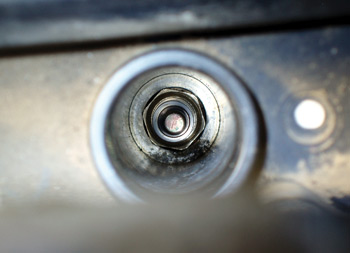 replacing a seized spark plug, soak thethreads with high-quality penetrant and alternately tighten and loosenthe spark plug in about 1/8-turn increments until it turns free.Thoroughly clean the spark plug seating area.
replacing a seized spark plug, soak thethreads with high-quality penetrant and alternately tighten and loosenthe spark plug in about 1/8-turn increments until it turns free.Thoroughly clean the spark plug seating area.
Last, tighten the new spark plugs to the manufacturer’s recommendationand apply a small amount of dielectric grease to the inside of the coilor wire boot before installation.

